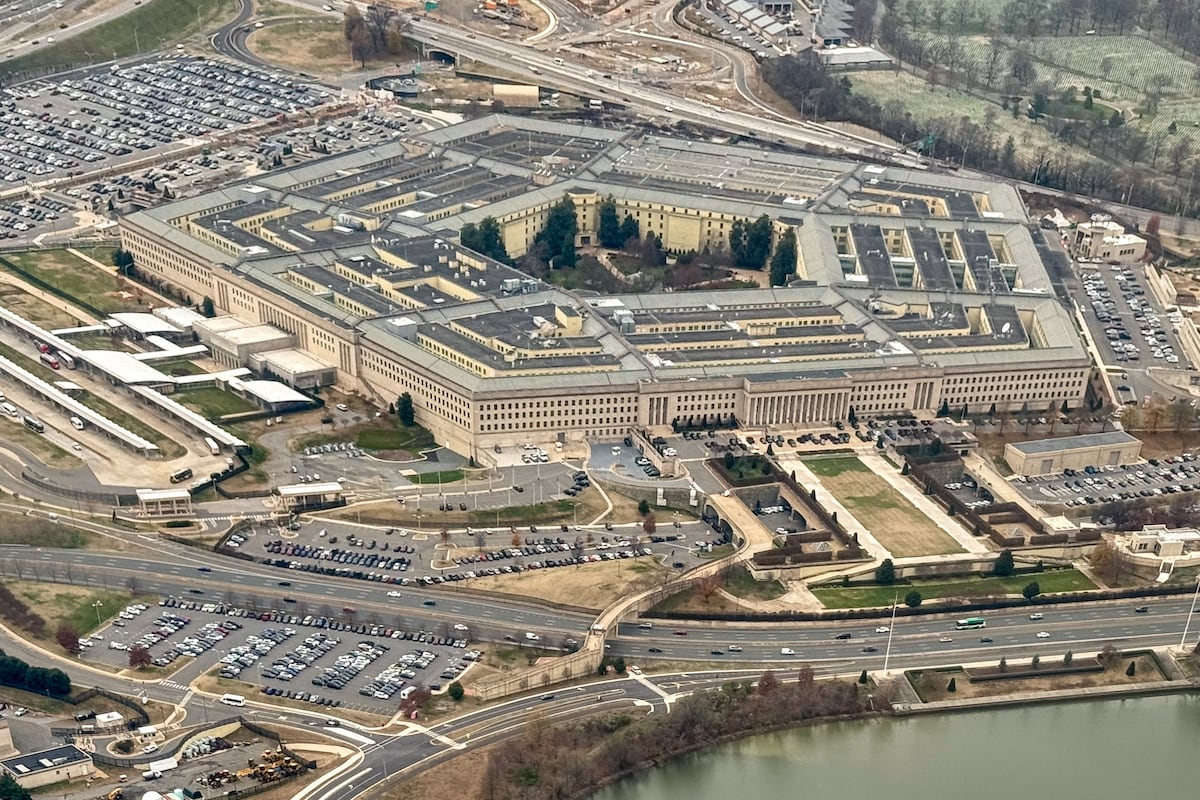The foundation of the military superiority of the United States, and therefore of our national security, rests on our investments in science and technology. As the Trump administration has set about slashing federal funding for science, the cuts to the Defense Departments core science and technology accounts are particularly troubling.
We are in a long-term strategic competition with China that has diplomatic, economic, and military components. To be effective, diplomacy must be backed up by economic and military strength. In our era of rapidly advancing technology, both economic and military strength are directly dependent on investments in early-stage, enabling technologies.
This competition is a marathon, not a sprint, and to prevail we have to invest with that in mind. While the Trump administration’s cuts to science in general have been noted, less attention has been paid to the Defense Department’s proposed science and technology funding levels.
China is a formidable technological competitor and has been aggressively challenging America’s military superiority for decades. I first became alarmed about China’s pursuit of military superiority in 2010.
That year I returned to the Department of Defense after a fifteen-year absence. The intelligence that I saw then made it clear to me, and it has only become more so since, that China is committed to achieving military superiority over the United States.
During the Obama administration I led the Department of Defense’s acquisition, technology, and logistics efforts. During the Biden administration I led the Air Force and Space Force. Over these years my priorities never wavered – China, China, China.
China has built a military designed for the purpose of deterring and if required defeating the United States, especially in the Western Pacific. As part of this campaign, China is sending its best young minds to learn in our graduate schools, buying or stealing our intellectual property, and investing heavily and strategically in military and dual-use technology.
We cannot afford to be complacent about our technological superiority. We are well past the point where China can be thought of as a future or emerging challenge.
In the face of this challenge, the Trump administration has proposed a Fiscal Year 2026 budget that reduces funding for enabling technologies – the mix of basic, applied, and advanced technology budget accounts – by over 10% from Fiscal Year 2025 levels, which themselves are roughly flat relative to 2024.
The American Association for the Advancement of Science (AAAS) reports that the cuts are even deeper when one looks at just basic and applied research, the two earliest stages of research, 15% and 18% respectively. (These AAAS numbers all take into account the over $100 billion added to the Defense Department as part of Trump’s “One Big Beautiful Bill.”)
When I served in the Obama and Biden administrations, we fought hard to protect our science and technology investments and kept them constant or increasing as a percentage of the defense budget.
This was strategic guidance provided to each of the military departments and rigorously enforced by each of the several secretaries of defense that I worked for, going back all the way to the Reagan administration.
Much of the Department of Defense’s early-stage science and technology funding supports work at our exceptional colleges and universities.
Innovation often comes in two distinct phases. Our graduate schools provide the bulk of the innovation in the first phase. This phase involves basic research into deep technical subjects and requires highly specialized and exquisite knowledge. This is the world of PhD candidates and their advisors. It includes work in material science, microelectronics, and quantum physics, just to name a few areas.
This work is high-risk and can require many years of expensive and tedious investment without a high probability of return. Our incredible free enterprise system does not prioritize investing in these areas. The business case just isn’t there.
The second phase of innovation is the application of the new science to new products. This is where our free enterprise system excels. Once a basic new technology is discovered and understood, a much wider range of engineering and business innovation kicks in as applications and new products explode.
A good example of this is the spectacular growth taking place in AI today. That growth was enabled by the successful development over many years of several technologies, including advanced mathematics and the material science achievements that underpin advanced data processors.
For reasons that I cannot explain, the Trump administration does not seem to appreciate the value these institutions, and the cutting-edge scientific work they offer to the United States.
Overall, these accounts are the equivalent of the seed corn that must be preserved to ensure a viable future for a farm.
Diverting these resources or simply underfunding them is setting us up for future failure just as a farmer who will have no seeds to plant for the next harvest is setting himself up for starvation.
In this case, unless Congress intervenes and adequately funds science and technology, we are risking strategic failure.
Frank Kendall, a former secretary of the Air Force, is a senior fellow at the Center for American Progress.
Read the full article here








Leave a Reply